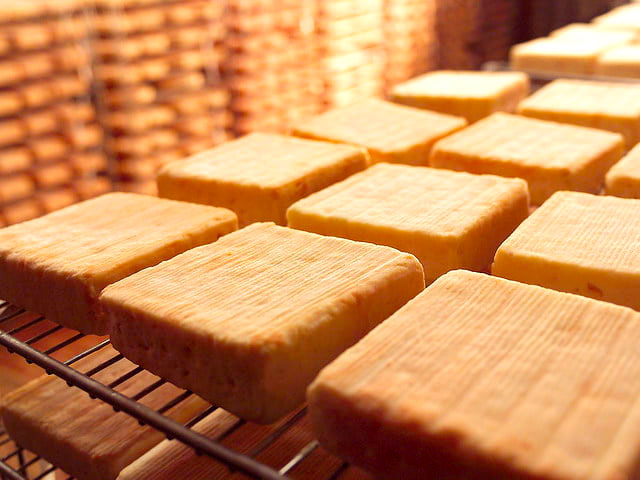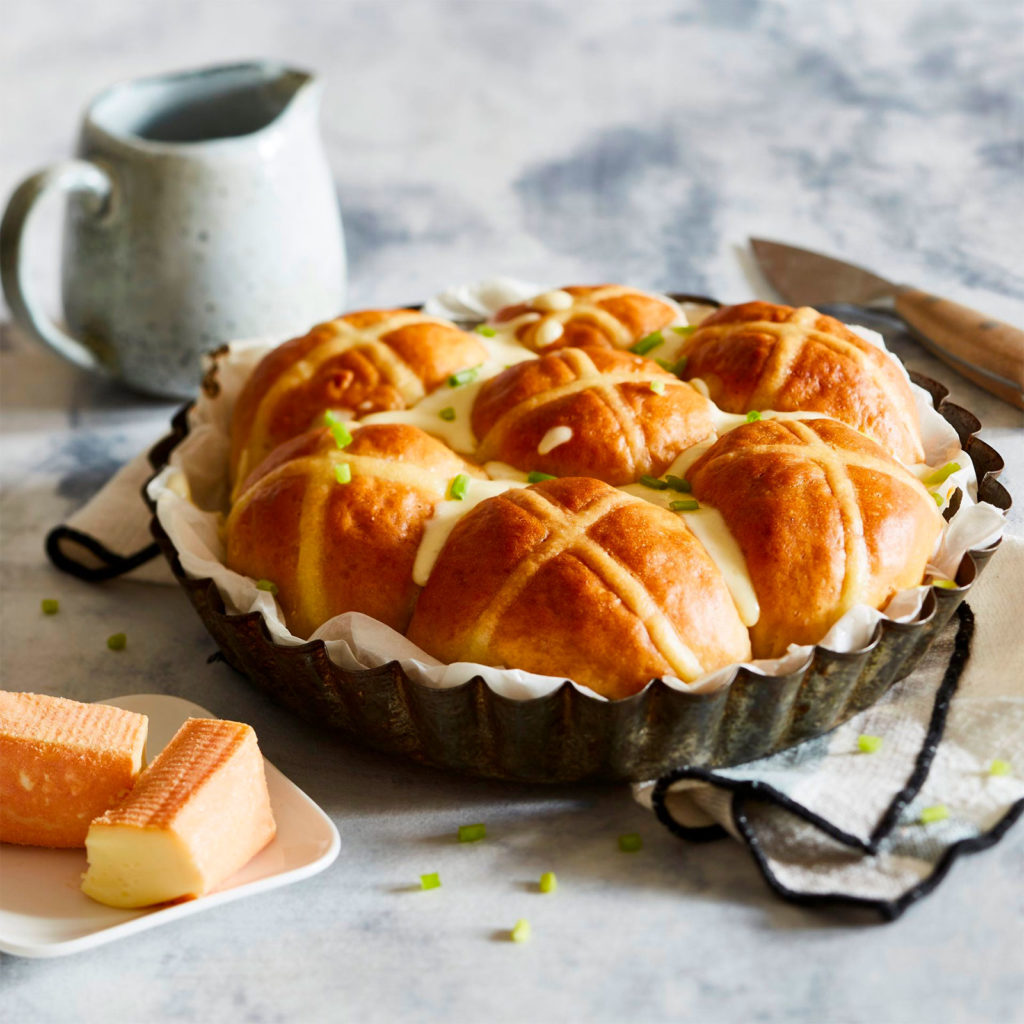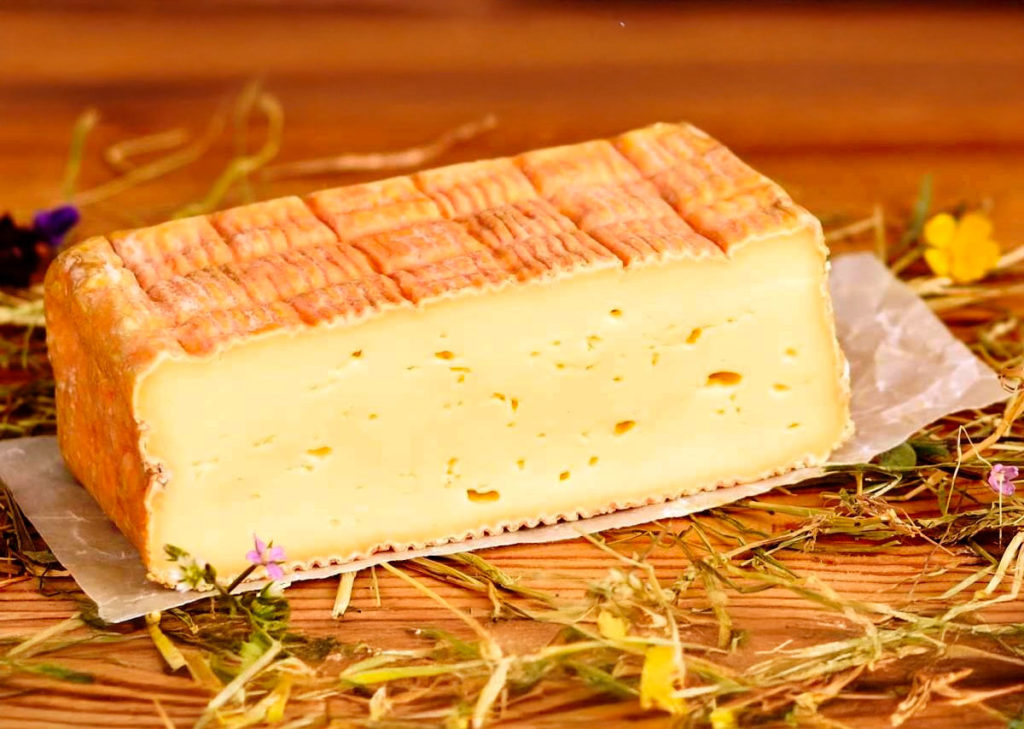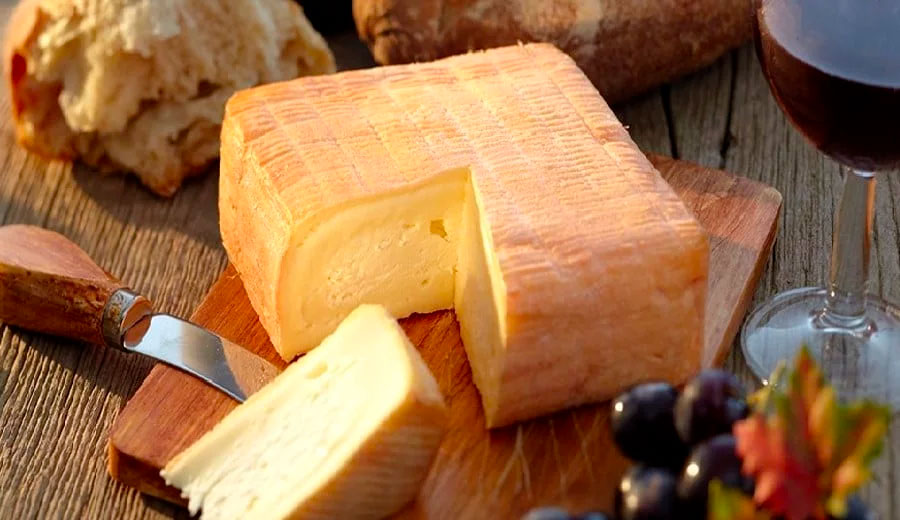Taste the Maroilles, a robust French cheese with deep roots in Hauts-de-France, known for its strong aroma and rich culinary heritage.
In the heart of France’s Hauts-de-France region lies a cheese that commands attention: Maroilles. Renowned for its intense aroma and distinctive flavor, this cheese is a testament to the region’s rich dairy traditions. Originating from the Thiérache area, Maroilles has been a staple in French gastronomy for centuries. Its unique characteristics and historical significance make it a subject of interest for cheese connoisseurs and culinary professionals alike.
The Origins and Evolution of Maroilles
Maroilles cheese traces its roots back to the 10th century, attributed to monks at the Abbey of Maroilles in the Thiérache region. Initially known as “Craquegnon,” it evolved over time, gaining prominence in French culinary circles. By the 13th century, it was referred to as “Maro Lalo,” eventually becoming “Maroilles.” The cheese’s reputation grew, finding favor among French royalty, including Philip II and Louis IX. Its production remained localized, preserving traditional methods passed down through generations.
In 1976, Maroilles received the Appellation d’Origine Contrôlée (AOC) designation, ensuring its production adhered to specific regional and quality standards. This recognition was further solidified in 1996 when it obtained the Protected Designation of Origin (PDO) status within the European Union. These certifications protect the cheese’s authenticity and link it intrinsically to its geographical origin.


The Production Process and Characteristics
Maroilles is crafted from cow’s milk, undergoing a meticulous process that contributes to its distinctive profile. The cheese is formed into square blocks, typically measuring 13 cm in length and 6 cm in height, with a weight of approximately 700 grams. Smaller variants include the Sorbais (550 g), Mignon (350 g), and Quart (180 g), each with specific maturation periods ranging from two to four weeks.
The production involves several stages:
- Curdling: Milk is curdled using specific cultures, forming the base of the cheese.
- Molding and Salting: The curd is placed into molds and salted to enhance flavor and preservation.
- Drying: Cheeses are dried in ventilated rooms for about 10 days, developing a light bacterial layer.
- Washing and Aging: Regular washing with saltwater promotes the growth of red bacteria, giving Maroilles its characteristic orange-red rind. Aging continues for a minimum of five weeks, during which the cheese is turned and washed periodically.
The result is a semi-soft cheese with a creamy, ivory-colored interior and a pungent aroma. The flavor is robust, with earthy and nutty undertones, making it a distinctive addition to any cheese selection.
Culinary Applications and Pairings
Maroilles holds a significant place in French cuisine, particularly in the northern regions. Its strong flavor complements various dishes, both traditional and contemporary.
- Tarte au Maroilles: A regional specialty, this savory tart combines Maroilles with a buttery crust, often accompanied by a green salad.
- Gratin Dishes: The cheese’s melting properties make it ideal for gratins, adding depth to potato or vegetable bakes.
- Sauces: Maroilles can be incorporated into creamy sauces, enhancing meats or pasta dishes.
When it comes to pairings, Maroilles aligns well with beverages that can stand up to its intensity:
- Beer: Local beers, particularly those from northern France or Belgium, complement the cheese’s robust flavor.
- Cider: A traditional pairing, cider’s acidity balances Maroilles’ richness.
- Red Wine: Full-bodied reds, such as a Châteauneuf-du-Pape, can match the cheese’s strength.
These combinations highlight Maroilles’ versatility and its ability to enhance various culinary experiences.


Market Presence and Consumer Perception
In France, cheese consumption is deeply ingrained in the culture, with an average annual intake of 27.4 kilograms per person. Maroilles, while not the most widely consumed, maintains a loyal following, particularly in its region of origin. Its strong aroma can be polarizing, but for many, it represents an authentic taste of northern French gastronomy.
The cheese’s market presence has seen fluctuations influenced by media exposure. For instance, following the release of the film “Bienvenue chez les Ch’tis,” which featured Maroilles, sales reportedly increased by 25% between 2008 and 2010. However, during the COVID-19 pandemic’s initial lockdown in 2020, sales experienced a significant decline of 70%, reflecting broader challenges in the food industry.
Pricing for Maroilles varies based on size and producer, with costs averaging around €38.87 per kilogram for PDO-certified products. Artisanal versions may command higher prices, reflecting traditional methods and limited production.
XperienceFrance is your travel specialist in France.